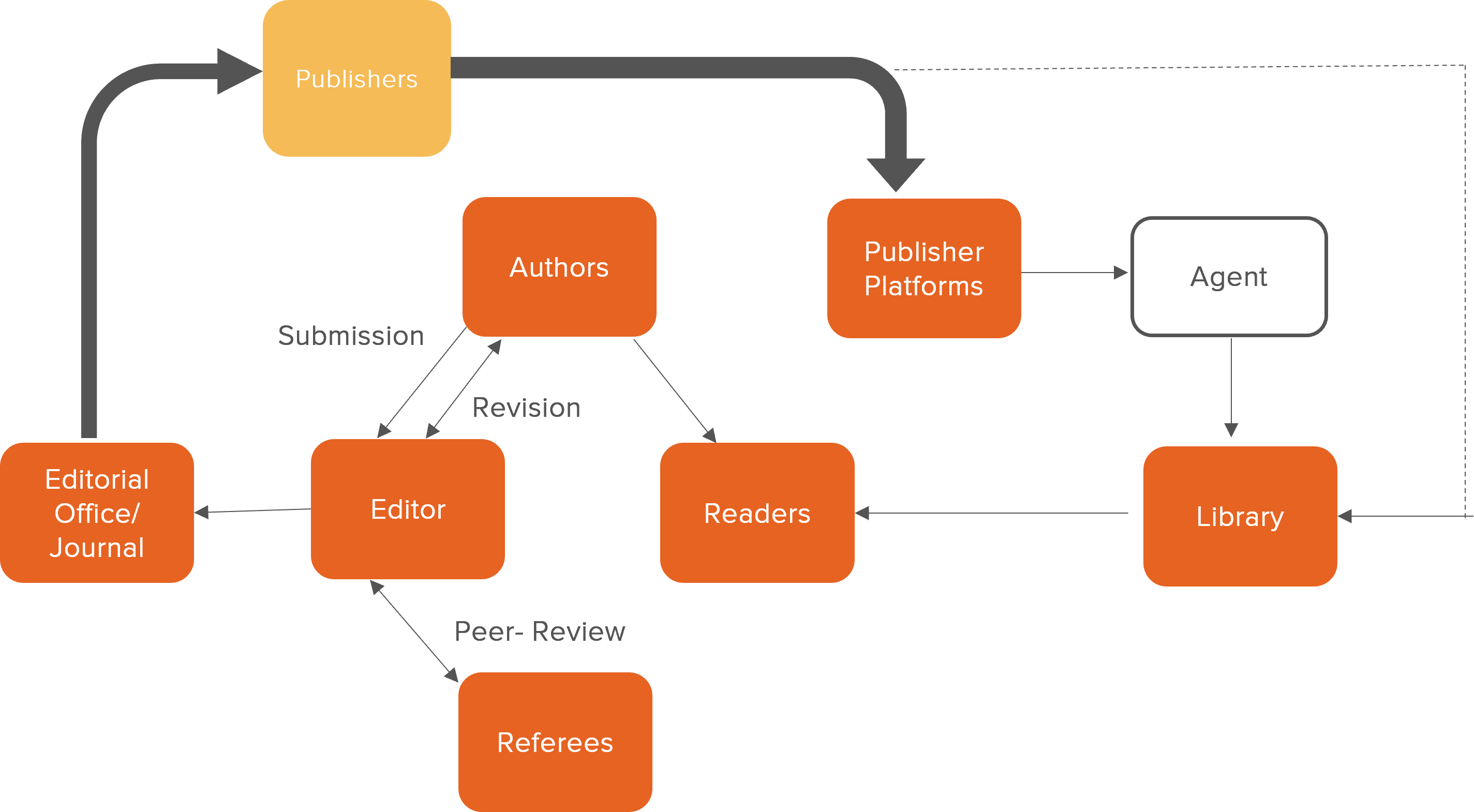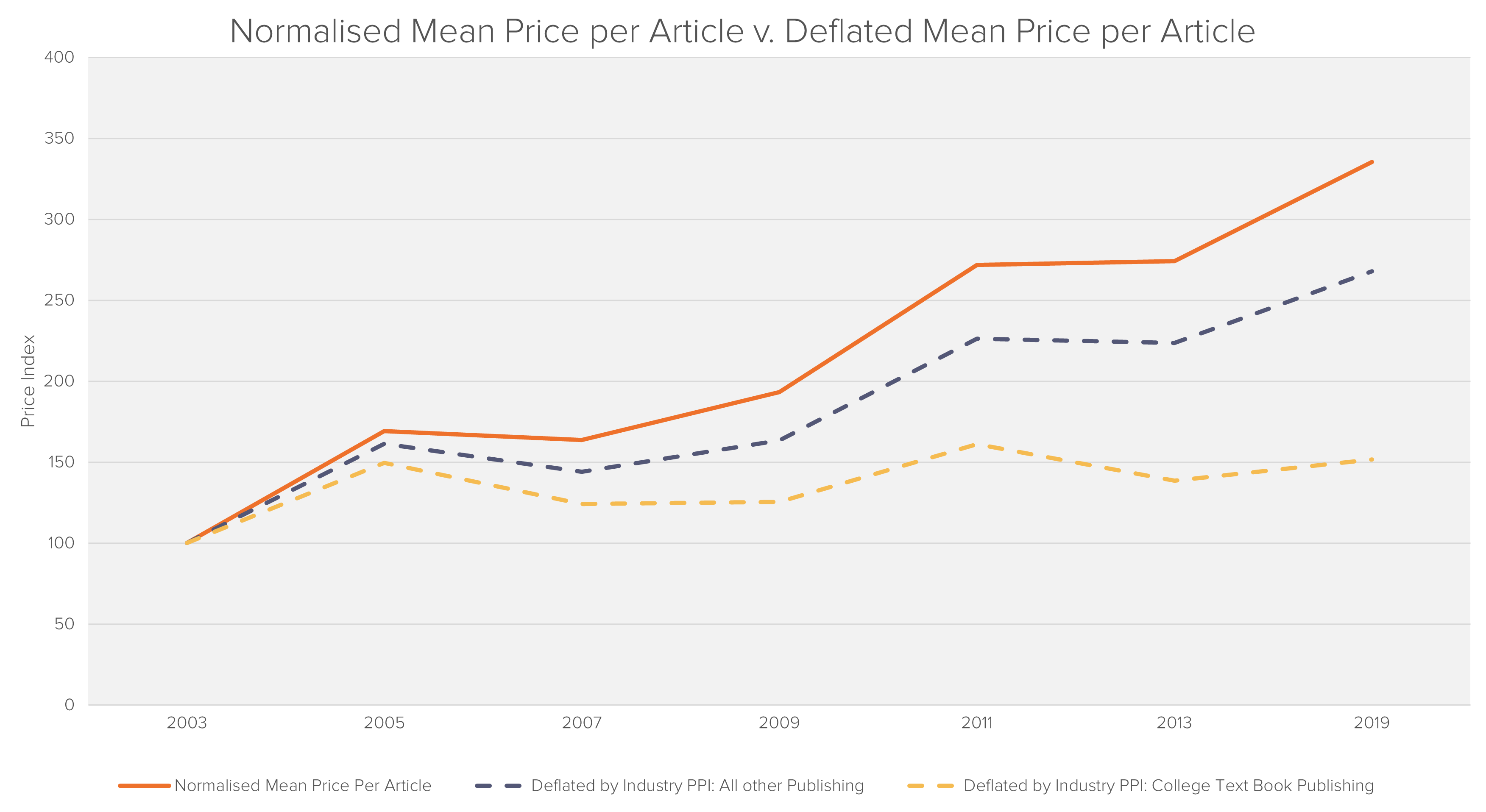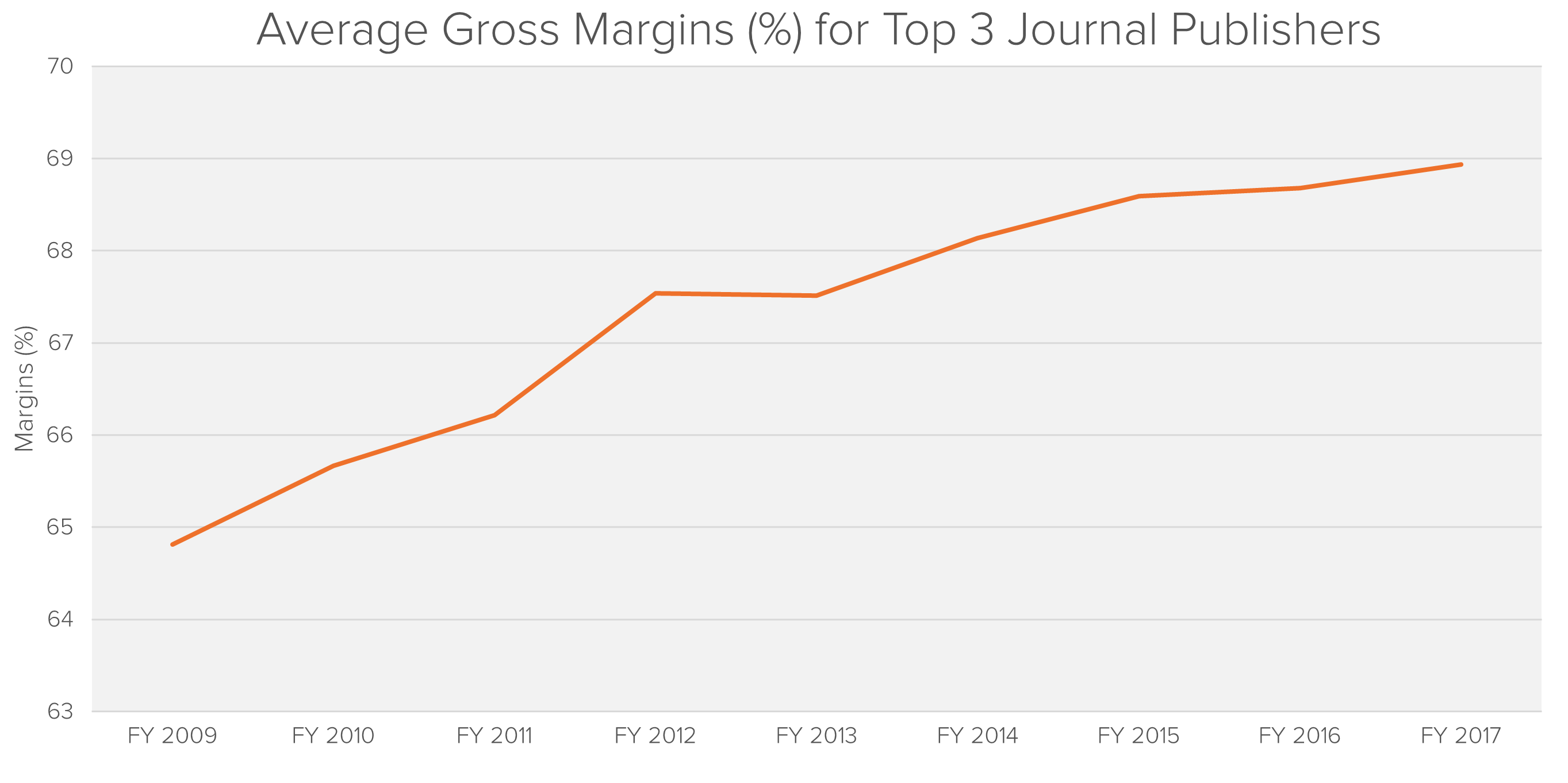
Research
Underwriting In US Bond Markets
Why the status quo poses risks to competition.

In February 2019, University of California announced that they were terminating their subscription deal with the major journal publishing company Elsevier, noting that the cost of the publisher’s subscriptions was becoming unreasonably expensive. According to the university librarian and economics professor Jeffrey MacKie-Mason “The prices of scientific journals now are so high that not a single university in the U.S. — not the University of California, not Harvard, no institution — can afford to subscribe to them all”.
Academic libraries account for approx. 70% of journal publishing revenues and are the largest group of purchasers of journal subscriptions. Scientific, Technical and Medical (“STM”) publishing includes formal and informal elements such as journals, articles, books, conference presentations, pre-prints and digital objects.
Journals form a significant part of the STM publishing market and account for approx. 38% of total revenues generated in this sector. In 2017, the global STM journal publishing market revenues was estimated to be approx. $9.9bn.
When an author wants to publish an article, they submit it to journal editors, who coordinate the peer-review process and get the article ready for publishing with the journal publisher. The publisher either directly or indirectly (through agents) sells the journal to libraries, who make it available to the readers. There are mainly two types of journals – open access journals, where publishers provide the articles free of charge, and regular journals paid by subscription. In most cases, open access journals charge a publication fee to the authors.
In the absence of a “smoking gun” proving collusion, courts often consider a range of pro-collusive characteristics in a given market to assess the likelihood of anticompetitive conduct. Collectively, these are known as “plus factors.” Among other potentially relevant factors, the list includes:
These plus factors are accompanied by other market characteristics that suggest inflated pricing in the sector. The mean price per article across all subject disciplines increased by 134% over the period 2003-2019, particularly 22% between 2013 – 2019. We observe significant price increases even after adjusting for relevant producer price indices (“PPIs”) related to publishing.
Publishers neither pay for the provider of the underlying content (authors) nor for the quality control (peer review). Fixed costs for journals mainly comprise of manuscript preparation and review, both of which are provided free of charge by the scholarly community. On the publishers’ side, average fixed costs range from $20 – $40 per page, which doesn’t explain open access publication fees as high as $5,000. With electronic publishing, the marginal costs of any additional subscription to the publisher are estimated to be zero.
Given the above factors, it is unsurprising that publishers consistently report high profit margins. The average gross margins of the three publicly traded publishing companies is shown below. These margins have stayed above 64% and has consistently increased over the years between 2009-2017.
The journal publishing market exhibits significant price increases and high profit margins, along with plus factors facilitating collusion. Complaints alleging anticompetitive conduct in the journal publishing industry have already been made with British and European regulators.
We await the outcome of these investigations with interest. It remains to be seen whether subscription prices drop in the face of increasing public scrutiny, or whether US subscribers will seek to recover losses through the courts in the future.
Rahul joined Fideres in 2019 after completing his MSc in Economics from the University of Warwick. Since joining Fideres, Rahul has been building his expertise in securities litigation and competition litigation in sectors including publishing, pharmaceutical and digital markets. He holds a bachelor’s degree in Computer Science and Engineering and has worked as a software engineer prior to joining Fideres. He brings this expertise in programming and technology into economic analysis as well, building database models and analytic frameworks for quicker and more efficient analysis.

Why the status quo poses risks to competition.


The elephant in the room.


Assessing the impact of the cartel allegations.


London: +44 20 3397 5160
New York: +1 646 992 8510
Rome: +39 06 8587 0405
Frankfurt: +49 61 7491 63000
Johannesburg: +27 11 568 9611
Madrid: +34 919 494 330